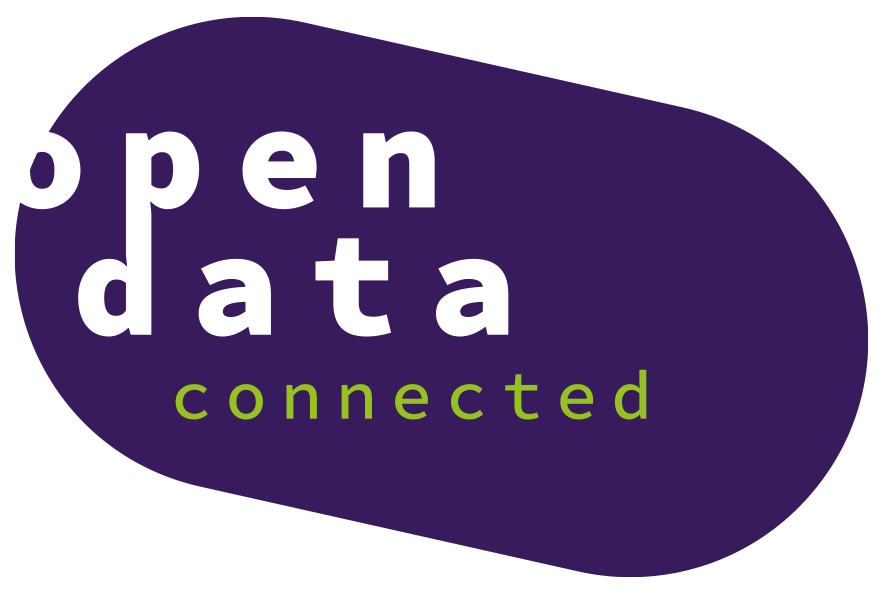Different business models and understanding which one suits their goal are challenges for open data-driven organizations. Many data-driven organizations, especially small- to medium-sized enterprises, are still struggling to generate revenue by adapting to the changes and opportunities brought on by the ubiquitous growth of open data and big data.
Open data is a precious resource that can be used to create new products and services. Many of the world’s most successful companies have used open data to enhance their businesses. For example, Google uses open transport data in a GTFS (General Transit Feed Specification) format to enhance their Google Maps applications and allow users to plan their trip using public transport. Yelp, a mobile application that connects people to restaurants and businesses, uses municipal health inspection data to inform users about the hygienic quality of a restaurant. For examples of how open data can help enrich mobile applications, see Gov500.
Businesses can also use open data as an alternative revenue stream. For example, Mapbox gives developers who use its mapping platform (and who pay for it) access to its open transport data feed for free.
From various online sources the following distinguishable conceptual business models regarding open data arise:
- Premium product / service
- Freemium product / service
- Open Source / Creative Commons
- Demand-oriented platforms
- Supply-oriented platforms
- Branded advertising
- White-label development
In the scientific community, where research on chemicals has evolved into an open data set of research trial results on specific molecules and substances, this is an example of secondary applications of large datasets. Data from otherwise competing companies is made available in order to benefit R&D processes more than there is to lose by supporting the competition. In particular, failed trial data is shared, since it is less likely to benefit innovations and future trials by preventively wielding out known failures. Such a large and complex body of molecule/atom level data would have been impossible to put to use not that long ago, but thanks to the data processing capability of machine learning it can now be fully leveraged.
